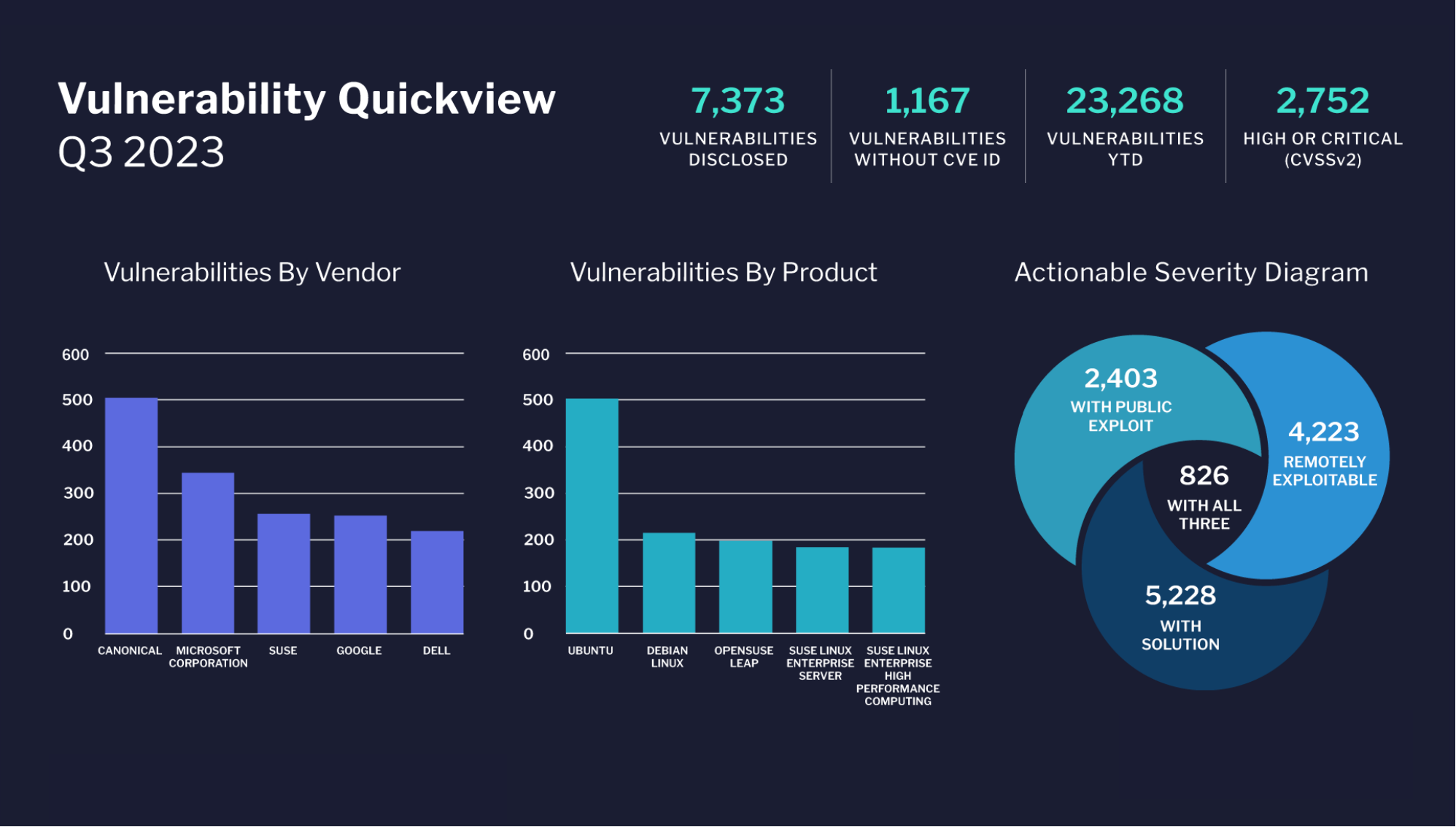5 Tips to Avoid Ransomware
Ransomware is a particularly pernicious form of malware: unsatiated by simply using your system as a spam farm or creating a nuisance and otherwise wasting your time, it is software with a direct profit motive—profit at your expense, that is. Ransomware encrypts your data against your will and demands payment to reverse that decryption and make your files available to you again. Stories abound of organizations large and small that get hit with ransomware by something as simple as opening a bad attachment or clicking a bad link in an e-mail message, and sometimes even paying the ransom doesn’t get one’s files back, as we saw with the Locky and WannaCry variants in their recent spring “campaigns.”
In this article, I want to offer five tips for preventing a successful ransomware attack from taking hold in your organization.
- Train users not to open e-mail attachments or click links that they don’t know for certain are safe. E-mail is far and away the number one vector by which Malware payloads get introduced to systems. Once on a system, they can take advantage of software Vulnerabilities that users cannot control, but if a user does not introduce the actual payload to a system, no infection is possible. Effective user training is your best bet here, although technological solutions like safe links services and really good spam filters that can automatically detect these fake e-mail messages are also a good bet. Upgrade your spam filter to a more intelligent version that can examine attachments and execute them in a safe environment before passing them on to your local mail server or cloud mail service, and tell your users to pick up the phone and call a sender if they receive an unexpected message from them.
- Keep your software as up to date as possible. Many ransomware payloads leverage vulnerabilities in software that have long been patched, but for one reason or another, patches do not get installed on user machines. These vulnerabilities are often found in older software like Windows 7 or protocols like SMB1 that ride under the covers of older versions of Windows. Even if you can’t afford to update your software to the latest versions, it is vital to install critical security updates on your most used applications. Of course, this becomes more difficult when updates – ahem, Microsoft, I’m talking about you – are of sometimes dubious quality or come so frequently that it makes it difficult to test and track, or are forced down your throat without a lot of control over when they happen. But the point remains: if you run unpatched software, you open yourself up to malware that gets past your initial lines of defense.
- Turn off SMB1 on your network as much as you can. SMB1 is the original version of a file sharing protocol that has long been in Windows—and long been full of vulnerabilities and security holes that Microsoft has fixed and improved in later versions of Windows. Unfortunately, SMB1 still is used by a lot of third party software and network appliances, and WannaCry in particular exploited these vulnerabilities to spread quite viciously earlier this year. Disabling SMB1 on your network as much as possible is a critical task for IT these days. Here’s Microsoft’s guidance on doing so. [https://support.microsoft.com/en-us/help/2696547/how-to-detect-enable-and-disable-smbv1-smbv2-and-smbv3-in-windows-and]
- Disable the shadow copy administrative service, vssadmin.exe. Shadow copies are great tools for knowledge workers, coming around behind you and making silent copies of your work so that if you make a mistake or need to revert in time, a set of previous versions of your files are available. Early versions of ransomware were not sophisticated enough to mess around with shadow copies, so if you had them enabled on your disk volumes, you could use shadow copies to restore your data and overcome the infection. Of course, ransomware evolves and now most variants generally use the VSSADMIN.EXE program to delete any shadow copies that exist on your volumes. If you disable VSSADMIN.EXE, however, ransomware can’t abuse it, and thus in the event of an infection, you can recover files for which you already have previous versions.
- Most importantly, use a robust backup solution. Granted, putting time into implementing a backup solution is not necessarily avoiding ransomware in the first place, but a solid backup plan and the right software can make a ransomware infection a minor nuisance rather than an event that could put your entire business at risk. The idea is that in the event you do get infected, restoring files and systems is straightforward and fast, and no ransomware payment is needed. An even better step to take is to back up to both a local destination and to a cloud storage service like Microsoft Azure or Amazon Web Services Simple Storage Service (S3). There are numerous backup products and services in the marketplace which takes image based backups, encrypts them, and allows you to restore those images as a virtual machine in the cloud, making recovery from an incident a virtual snap.
By Doug Hazelman, Vice President of Technical Marketing at CloudBerry Lab





